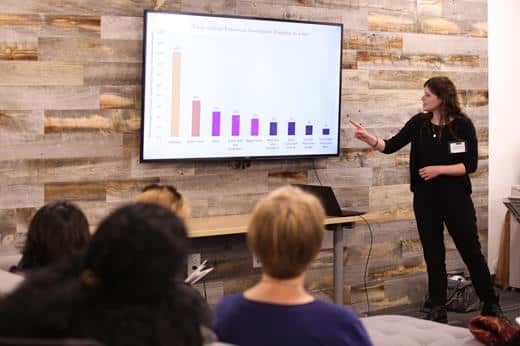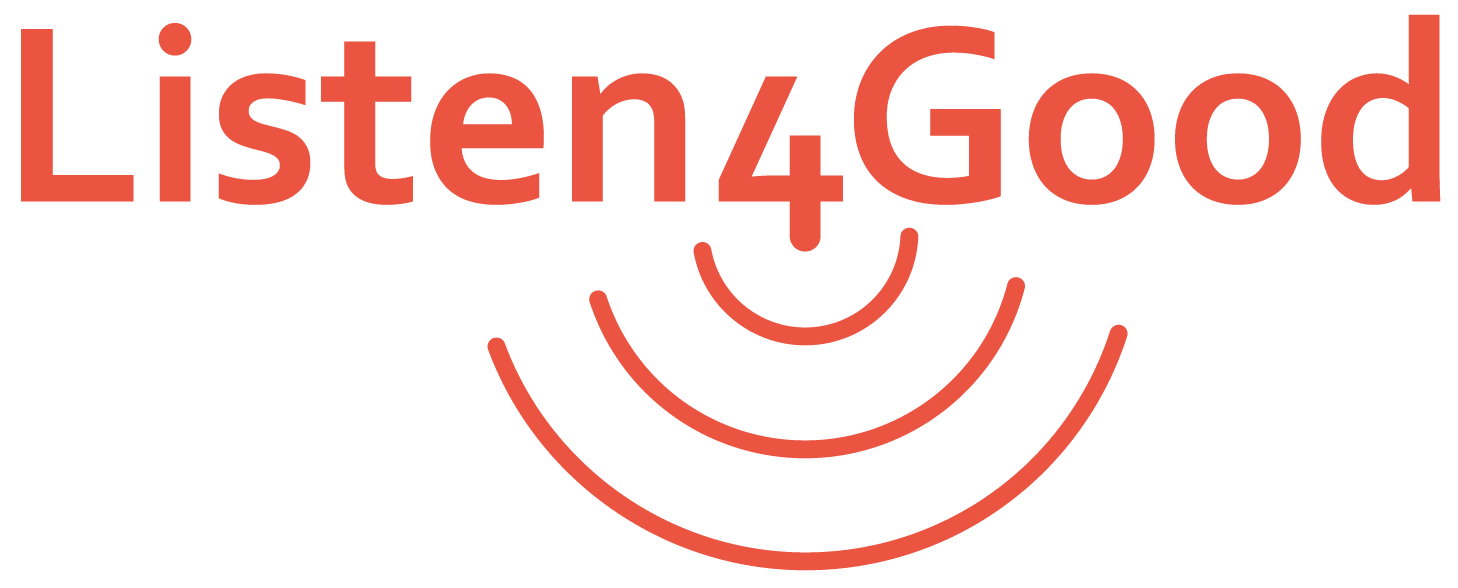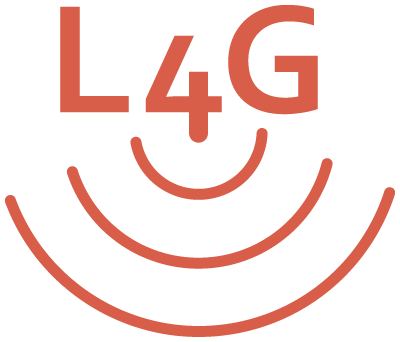- Guides & Toolkits
When and how should I share results with program staff?
July 14, 2024
- Feedback Best Practices
- Surveying

It’s a good idea to share survey results with program staff before closing the loop with clients. Staff may well feel “blindsided” if any critical feedback is not discussed with them first. Beyond that, staff are often the best positioned to help put feedback into context and to help you brainstorm your response.
Before sharing results with program staff, complete your initial analysis of the survey data. When deciding what to share with your colleagues, avoid information overload. Instead, focus on the most important findings. Aim to center your discussion around key issues, and maintain a sharp focus on developing an action plan.
See recommendations for basic principles for data visualization and resources for data visualization. In general, a good feedback presentation should include:
- Survey overview
- Key themes
- Areas for celebration
- Areas for improvement
- Discussion questions
Through it all, be empathetic to how colleagues may react when they hear the feedback. People can often feel accused or judged, especially if feedback contains constructive criticism. Create an environment of curiosity and learning around your survey findings, while also giving people plenty of time to process and discuss. Review suggestions for interactive ways to structure staff conversations. Key discussion questions for staff include:
Identifying themes in your data
- What are your overall reactions to the data? How did the data make you feel?
- What was surprising about the data? Confirming?
- Are any sub-groups of clients having a discernibly positive or negative experience?
- How does this feedback align with or challenge other data that we are seeing in our work?
- What additional questions do these findings raise? How might we answer those questions?
- What are 2-3 takeaways raised by this data?
Responding to data
- What are the implications of the data — for the program or for the organization? These implications could include changes to: physical space, schedules/hours, clarity of communications, internal processes, staff roles, organizational culture/ norms/ rituals.
- What are some simple changes we could make right away to show constituents we heard them?
- What changes would be harder, or would take longer but are worth doing?
- Are there broader strategic questions about our approach or theory of change raised by this data?
- What resources, if any, might we need to make changes?
- Who should be responsible for carrying next steps forward?
- What are the immediate next steps? When should we check in again?

